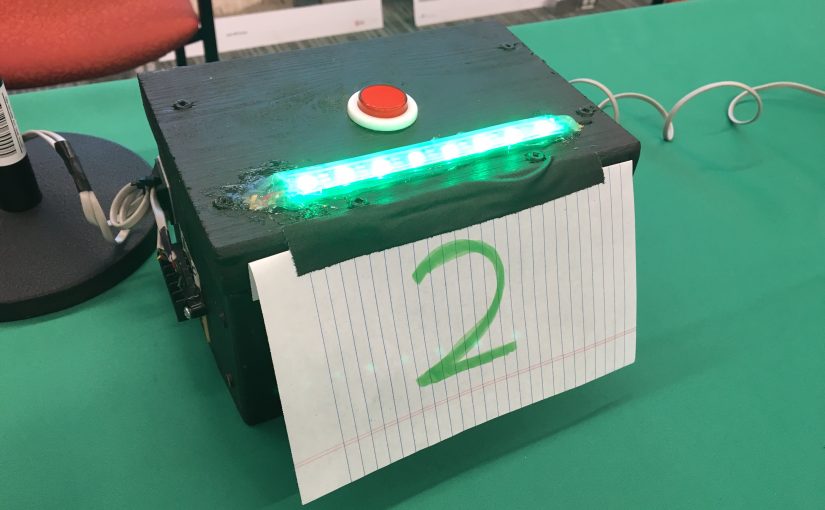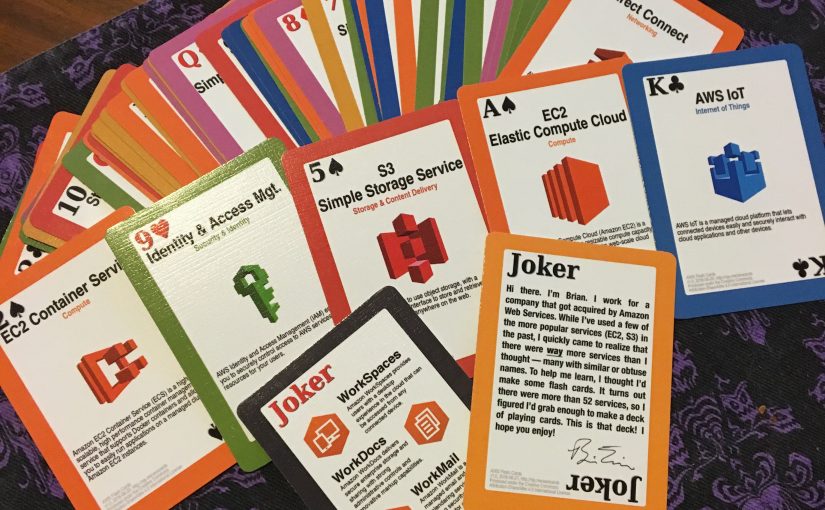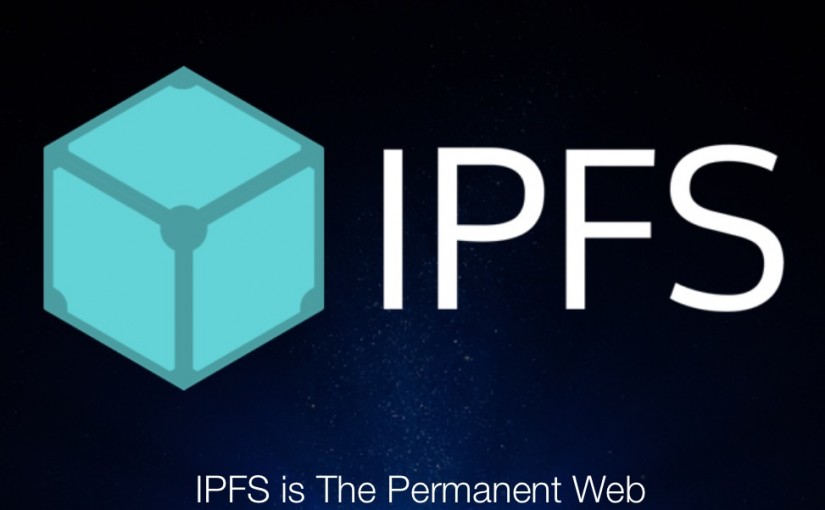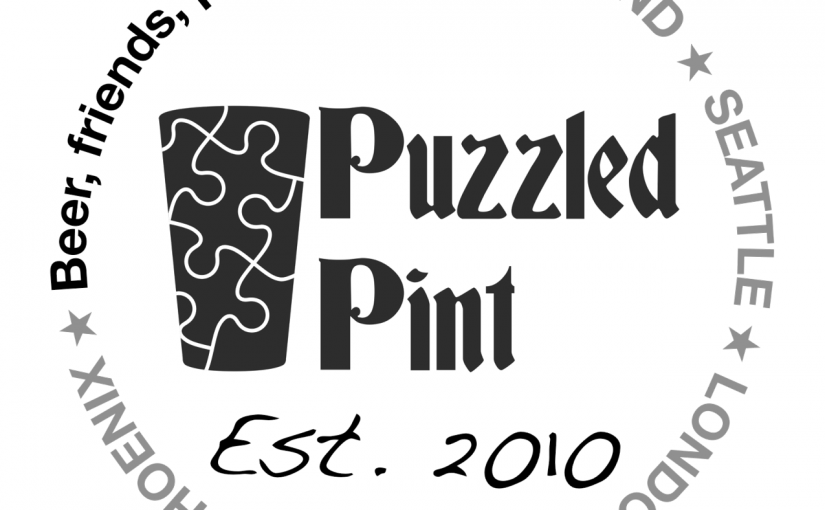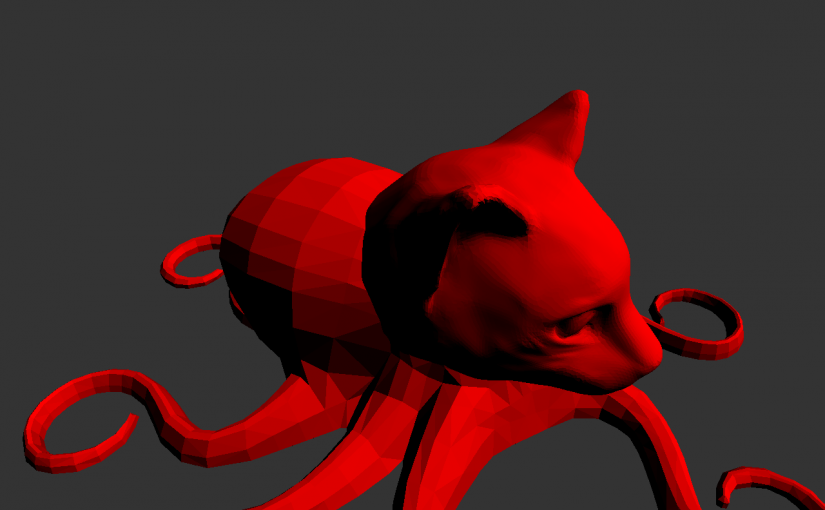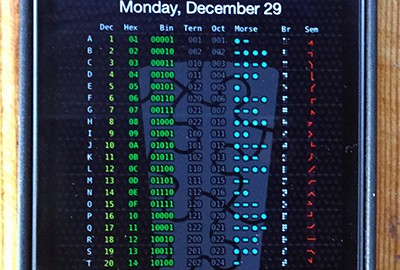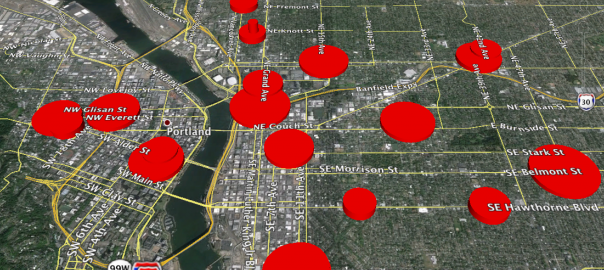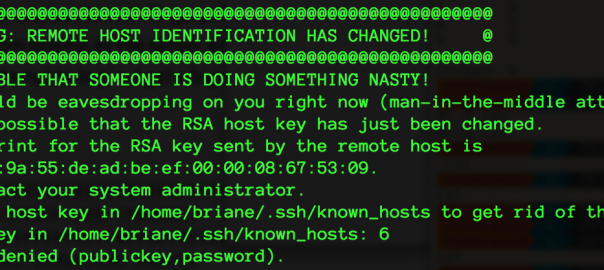At my workplace, we have all-company Friday lunches. Often we will have a speaker giving a presentation — either someone from within the company or someone from the local community. Once, we had a silly game show. It was successful enough that we brought it back a second time, but this time with a little more … Continue reading Designing Game Show Buzzers
Category: Code
Designing Amazon Web Services Playing Cards
I have used a few of Amazon’s more popular web services, both on the job and on my own. I’ve deployed code to EC2 and Lambda. I’ve synced files and stored backups on S3 and Glacier. I’ve experimented with a few others. But what is WAF? SNS? CloudTrail? I wasn’t even sure I could tell you what those acronyms … Continue reading Designing Amazon Web Services Playing Cards
IPFS: The InterPlanetary File System
The InterPlanetary File System (IPFS) is a new Open Source project whose main goal is to turn the web into a distributed system — one that is not reliant on any one server or path. I’ve played around with it a bit this past week and would like to share my findings. My goal is … Continue reading IPFS: The InterPlanetary File System
Rendering a Puzzled Pint seal in Processing
During the winter break, I took some time to play around with the Processing language. (See also: A code sheet on every lock screen.) My current opinion of it is that, despite a few people doing amazing things with it, it sits somewhere above Logo/Turtle-Graphics but below a real/regular/popular language. It’s good for a few specific … Continue reading Rendering a Puzzled Pint seal in Processing
Further adventures in OpenGL: Octocat
As a followup from my previous OpenGL post: I have now successfully rendered an external STL file (a 3D printer object) using OpenGL. And what better model than the Octocat? Warning: nerd talk ahead. Stop reading if you don’t care about the nerdy details. It turns out that I can’t de-dupe the points as I … Continue reading Further adventures in OpenGL: Octocat
Experiments in OpenGL
I thought I would teach myself some OpenGL during this holiday week. For the uninitiated, OpenGL is the common core 3D rendering that all recent video cards support. Unless you’re doing game development or scientific visualizations, you typically don’t need to mess with it. (And even game developers frequently use higher-level tools to hide the picky … Continue reading Experiments in OpenGL
A code sheet on every lock screen
During winter break, I typically pick up a new technology or programming language — to keep sharp and on the cutting-edge. In the past this has included 3D printing, 3D design, iOS programming, Ruby, and others. This past week, I spent a couple of days getting somewhat proficient at Processing and a couple of days … Continue reading A code sheet on every lock screen
Building light-up R2D2 mouse ears (May the Fourth)
I basically grew up at Disneyland. As a kid, my family lived about 20 minutes away and we’d get to go twice a year: once on my birthday and once on my sister’s. In my 20s, I had an annual pass and would go on the weekends, or just pop by for an hour after work … Continue reading Building light-up R2D2 mouse ears (May the Fourth)
Puzzled Pint Portland heat map
In response to the previous post (Puzzled Pint surveys and metrics), someone had suggested building a heat map. I built a fairly primitive one with Google Earth and a short Ruby script. The radius of each circle is proportional to the number of attendees. The height is random-ish and only varies to help distinguish overlapping circles. … Continue reading Puzzled Pint Portland heat map
ssh for Programmers
Overview Way back when, just after the dot-com-bomb, I found myself working for a media company named Metapa. We made mp3s and 30 second preview clips from boxes of CDs that tech-clueless record companies snail-mailed us. Metapa was staffed with a ton of Unix-heads and I received a great schooling in the ways of the … Continue reading ssh for Programmers
